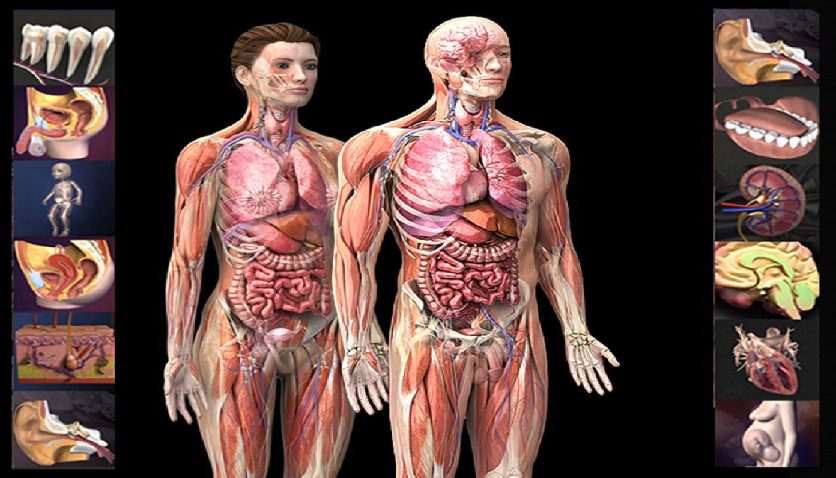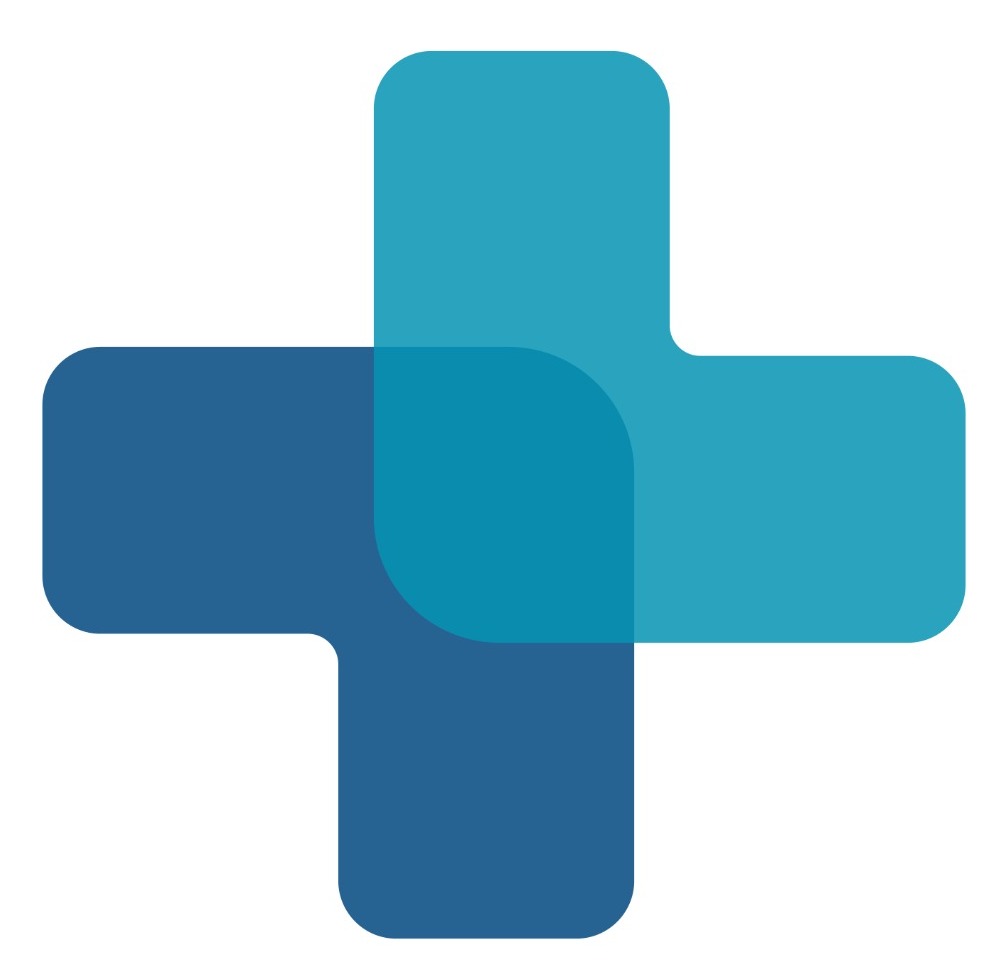
Deo Anatomy - VR Anatomy
Deo Anatomy a VR Anatomy Software is an advanced educational tool designed to teach human anatomy in an immersive, interactive Virtual Reality (VR) environment. Unlike traditional methods of studying anatomy using textbooks or 2D models, VR Anatomy Software allows students, medical professionals, and even surgeons to explore detailed 3D representations of the human body. This technology is revolutionizing how anatomy is taught and learned by offering a more hands-on, engaging, and realistic experience.
Here’s a detailed explanation of what VR Anatomy Software entails:
1. Immersive 3D Exploration of Human Anatomy
The primary feature of VR Anatomy Software is its ability to provide a fully immersive, 3D environment where users can explore the human body in real-time.
-
Detailed Visualization: The software presents anatomically accurate 3D models of every organ, muscle, bone, and system within the human body. Users can zoom in, rotate, and examine each component from any angle, offering a far more detailed view than what’s possible with 2D diagrams or even physical cadavers.
-
Layered View: Users can peel back layers of the body to view different systems, such as the skeletal system, muscular system, circulatory system, nervous system, and more. This layered approach allows for a comprehensive understanding of how each part of the body interacts with others.

2. Interactive Learning
-
Manipulation of Structures: Users can manipulate and isolate specific body parts, such as bones, muscles, organs, or tissues. For instance, they can remove the heart from the body, enlarge it, and examine its internal chambers.
-
Exploration Tools: The software typically includes tools for slicing through tissue, enabling users to see cross-sections of organs or systems. For example, they can perform a virtual dissection to study the inner structures of the brain or heart.
One of the biggest advantages of VR Anatomy Software is the ability to interact with the anatomy in ways that are not possible with traditional tools.
3. Realistic Medical Training
-
Simulated Procedures: Students can simulate medical procedures or dissections within the VR environment, allowing them to practice without the need for cadavers. This simulation helps build essential skills in anatomy, surgery, and diagnostics.
-
Dynamic Learning: VR anatomy offers real-time feedback, with quizzes, annotations, and guided learning pathways integrated into the software. This enhances knowledge retention and makes the learning process more dynamic.
VR Anatomy Software is widely used for medical education and training, allowing students and professionals to practice and refine their understanding of human anatomy.
4. Enhanced Understanding of Complex Anatomy
-
Exploring Complex Areas: For example, the software allows users to explore the nervous system in 3D, following nerve pathways from the brain down to the extremities. This is particularly useful for understanding how different systems are interconnected.
-
Pathology and Conditions: Many VR Anatomy platforms allow users to visualize abnormal anatomy, such as tumors, injuries, or diseased organs. This feature is vital for medical students and professionals studying pathology, as it helps them understand the physical manifestations of disease.
VR Anatomy Software excels at teaching complex anatomical structures and systems, such as the brain, cardiovascular system, and muscles.
5. Collaborative Learning
-
Shared Learning Spaces: Medical students or professionals in different locations can enter the same VR environment and explore anatomy together. This feature is particularly useful for group study, medical conferences, or consultations between medical professionals.
-
Instructor-Guided Sessions: Educators can lead guided sessions in VR, pointing out important structures or explaining complex systems to their students in an interactive, 3D space.
VR Anatomy Software allows multiple users to interact with the same virtual anatomy in real-time, making it a collaborative tool for learning.
6. Practical Applications in Surgery and Medicine
-
Preoperative Planning: Surgeons can use the software to explore a patient’s anatomy in VR before an operation. This allows them to visualize surgical pathways, plan procedures, and identify potential complications.
-
Patient Education: Doctors can use VR anatomy to explain conditions and treatments to patients, helping them better understand their medical situation. For example, a doctor could show a patient their heart in 3D, explaining how a procedure like a bypass surgery will be performed.
For practicing surgeons and medical professionals, VR Anatomy Software can serve as a crucial tool for surgical planning and patient education.
7. Scalable for Different Fields of Medicine
-
General Anatomy: Suitable for medical students, nurses, and healthcare professionals who need a foundational understanding of the entire human body.
-
Specialized Fields: The software can focus on specific fields, such as cardiology (heart anatomy), neurology (brain anatomy), or orthopedics (skeletal system), making it versatile for advanced medical training.
-
Surgical Simulation: Surgeons can use the software for procedure-based training, such as practicing surgical approaches or studying the anatomy of a particular patient before surgery.
VR Anatomy Software can be tailored to various medical specialties, including:



